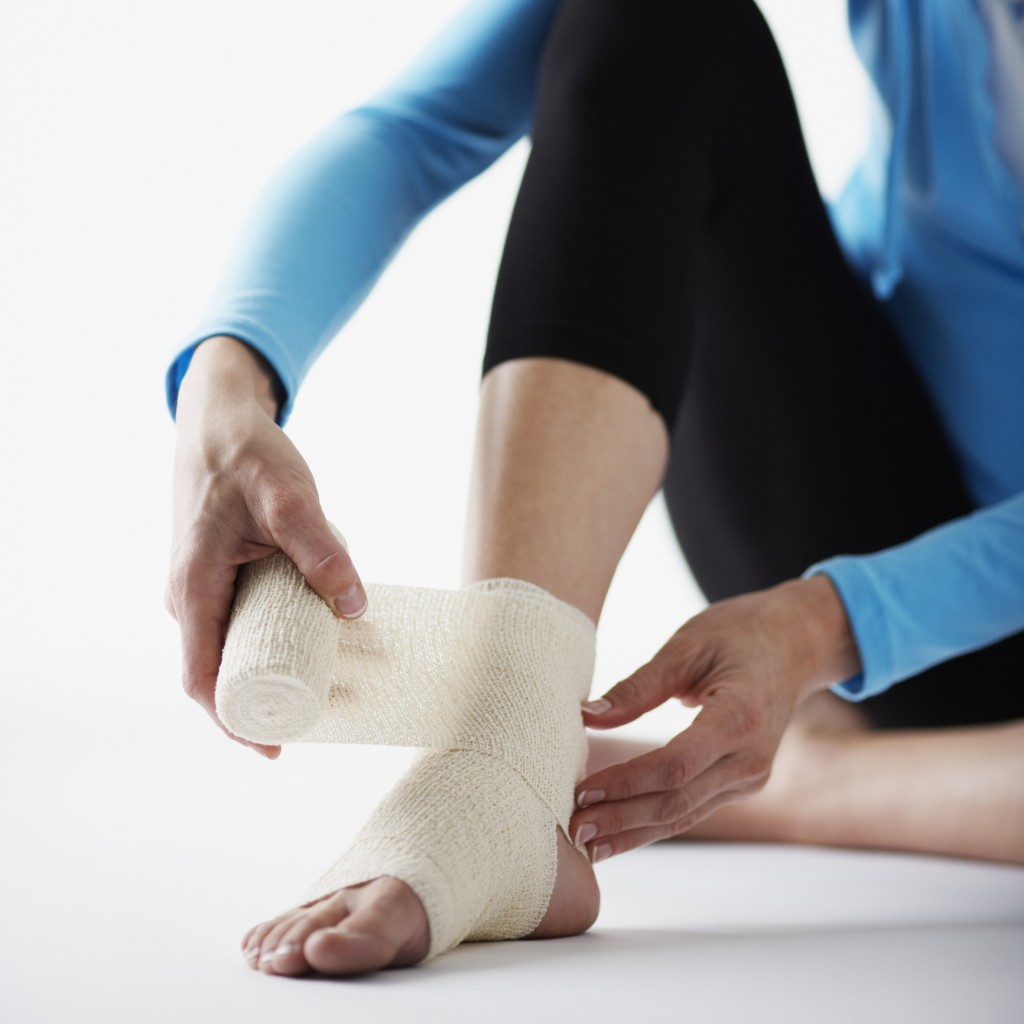Common Sport Injuries
Playing sport is a fun and effective way to keep active and stay in shape, but just like anything there are cons to the pros, and in the case of sport it’s the risk for potential injury. Knowing what these common sport related injuries are will help you to not only take the proper precautions necessary to avoid such injuries as best you can, but also what type of after care your should seek when an injury does occur.
Tennis
Tennis is an excellent way to not only to keep fit, but an easy and fun way to build arm strength. On the other hand tennis brings with it its own grocery list of common injuries, tennis elbow being the most recognized.
Tennis elbow (lateral epiconpylitis) is thought to be caused from damage and/or small tears to the tendons that attach the muscles in the forearm to the elbow. Over use and not allowing your arm proper rest are the main cause of this injury, tennis elbow over time if not treated properly can not only be very painful it can lead to a more debilitating injury. Bursitis of the elbow and shoulders is also a common injury associated with tennis; this can be due to not only over use but using poor or improperly fitted equipment.
Cricket
One of the most common injuries associated with cricket are hamstring strains. Hamstring strains can affect any player in any position, mainly because of the sudden sprinting often required. This causes your muscles unexpected stress that can stretch your muscles to the point of tearing. Proper warm up time (approximately 20mins) before playing is the best way to prevent hamstring or any other muscles strains, because the muscles are far more extensible when they are warmed up a few degrees.
For bowlers, rotator cuff tendon damage and shoulder pain is a common occurrence due to the continuous rotating motion required to bowl, especially fast bowlers. Aside from regular warm ups, many professional bowlers do shoulder stabilisation exercises under the supervision of a physiotherapist to reduce the risk of injury.
Football
Aside from accidental collision, football is not particularly high impact on the upper body. However, the lower extremities are highly susceptible to injury, specifically ankle sprains, strains and breaks due to the amount of leg and footwork involved.
Poorly maintained terrain can also be a major contributor to ankle related injury as it increases the risk of trip and falls. The most common activities in football that affect the ankle are from tackling and sudden pivoting that can strain and in serious incidences tear or snap the muscles and tendons.
Proper warm up and stretching is the best line of defence against these injuries, but if a sprain still manages to happen, then prompt elevation and applying an ice pack followed by proper rest and a Dr’s examination is the best way to avoid permanent damage.
More serious ankle injuries such as breaks, tendon damage or severe sprains may in some cases require some form of orthopaedic surgery followed by physiotherapy.

